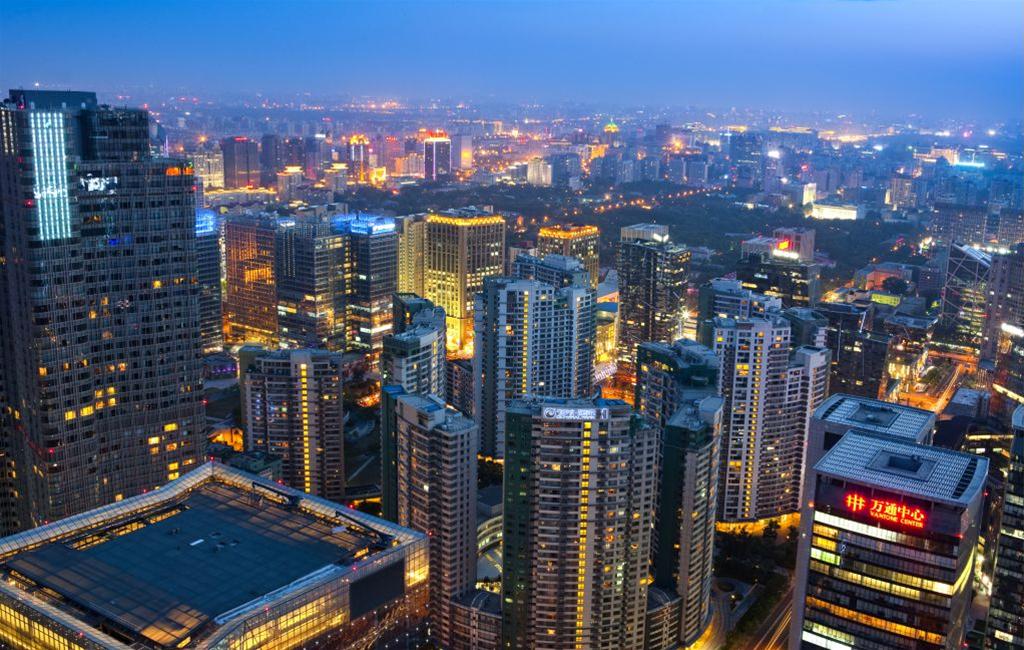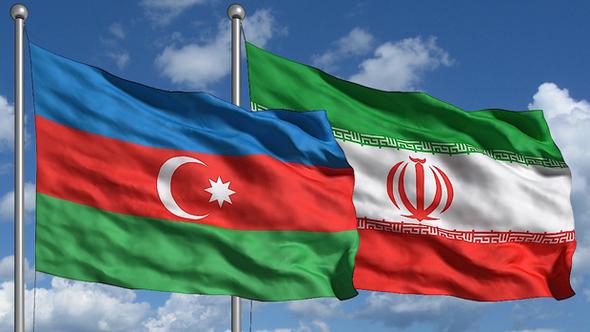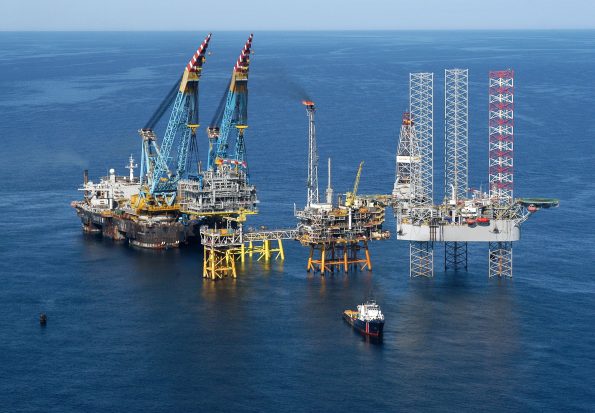
In this volume, Beijing which is the capital city of the most populous country of the world has been examined in detail from a globalisation perspective.
Beijing is located at the north of China. With its 19 million population, it is the second largest city of the country. Beijing is one of the four cities which the national government (Communist Party of China) controls directly in China. It is the political, cultural and educational centre of the country as well as a rich, well-developed and vibrant city.
Before focusing on Beijing specifically, let’s first look at the globalisation and liberalisation adventure of China. China, which was involved in the United Nations (UN) in 1971, started its market-based economic reforms in 1978. The national government followed a mixed economy model (i.e. a mixture of the planned economy and the market economy) which was titled ‘market socialism’. After this date, economic reforms, capital formation and structural changes were carried on progressively and systematically by the government. Five-year development plans for the country and twenty-year master plans for Chinese cities were prepared; these plans were applied strictly. Particularly, master plans played a role to promote Chinese cities connecting with the global urban system, and supporting infrastructure for the development of the world’s factory (Chaolin, et.al., 2010). China decided to be a member of many formal and informal international associations in this process such as World Trade Organisation (WTO), Asia-Pacific Economic Cooperation (APEC), BRICS, The Shanghai Cooperation Organisation, G-20 and The Chinese-funded Africa Union (AU).
Published in Political Reflection Magazine Vol. 3 No. 2




